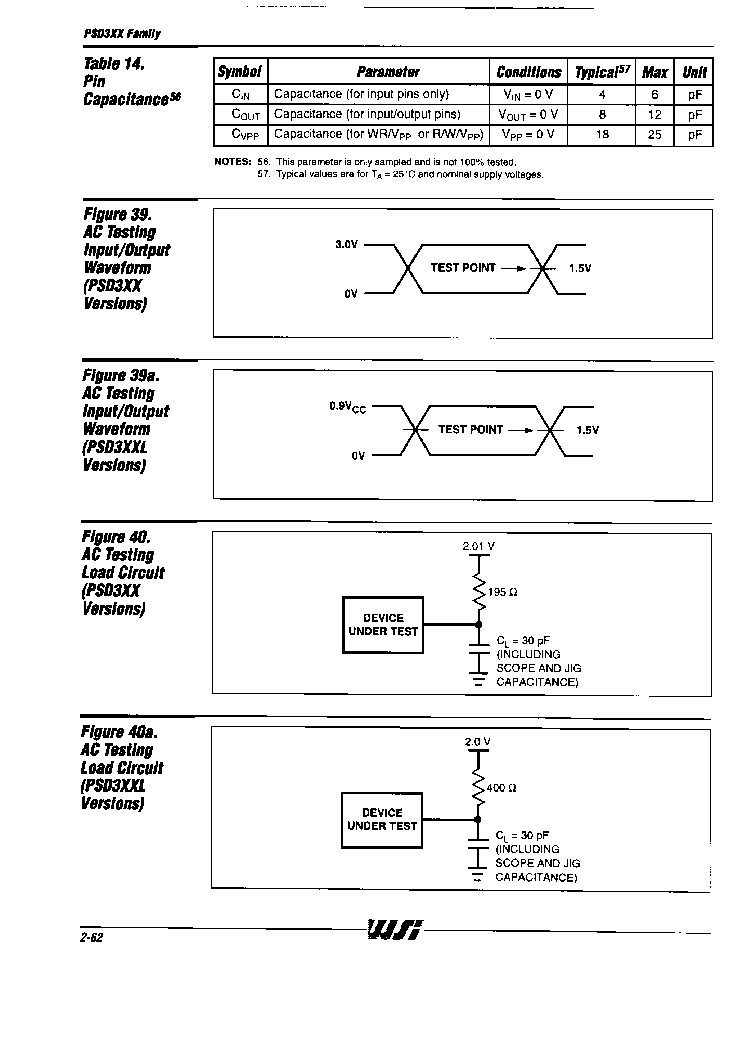- 您現(xiàn)在的位置:買賣IC網(wǎng) > PDF目錄224799 > PSD312M-70JI 64K X 8 MROM, 19 I/O, PIA-GENERAL PURPOSE, PQCC44 PDF資料下載
參數(shù)資料
| 型號: | PSD312M-70JI |
| 元件分類: | 微控制器/微處理器 |
| 英文描述: | 64K X 8 MROM, 19 I/O, PIA-GENERAL PURPOSE, PQCC44 |
| 文件頁數(shù): | 88/128頁 |
| 文件大小: | 3203K |
| 代理商: | PSD312M-70JI |
第1頁第2頁第3頁第4頁第5頁第6頁第7頁第8頁第9頁第10頁第11頁第12頁第13頁第14頁第15頁第16頁第17頁第18頁第19頁第20頁第21頁第22頁第23頁第24頁第25頁第26頁第27頁第28頁第29頁第30頁第31頁第32頁第33頁第34頁第35頁第36頁第37頁第38頁第39頁第40頁第41頁第42頁第43頁第44頁第45頁第46頁第47頁第48頁第49頁第50頁第51頁第52頁第53頁第54頁第55頁第56頁第57頁第58頁第59頁第60頁第61頁第62頁第63頁第64頁第65頁第66頁第67頁第68頁第69頁第70頁第71頁第72頁第73頁第74頁第75頁第76頁第77頁第78頁第79頁第80頁第81頁第82頁第83頁第84頁第85頁第86頁第87頁當(dāng)前第88頁第89頁第90頁第91頁第92頁第93頁第94頁第95頁第96頁第97頁第98頁第99頁第100頁第101頁第102頁第103頁第104頁第105頁第106頁第107頁第108頁第109頁第110頁第111頁第112頁第113頁第114頁第115頁第116頁第117頁第118頁第119頁第120頁第121頁第122頁第123頁第124頁第125頁第126頁第127頁第128頁

相關(guān)PDF資料 |
PDF描述 |
|---|---|
| PSD312M-15JI | 64K X 8 MROM, 19 I/O, PIA-GENERAL PURPOSE, PQCC44 |
| PSD312M-90L | 64K X 8 MROM, 19 I/O, PIA-GENERAL PURPOSE, CQCC44 |
| PSD303C1-15JI | 64K X 16 OTPROM, 19 I/O, PIA-GENERAL PURPOSE, PQCC44 |
| PSD313C1-15J | 128K X 8 OTPROM, 19 I/O, PIA-GENERAL PURPOSE, PQCC44 |
| PSD313C1-12J | 128K X 8 OTPROM, 19 I/O, PIA-GENERAL PURPOSE, PQCC44 |
相關(guān)代理商/技術(shù)參數(shù) |
參數(shù)描述 |
|---|---|
| PSD312R | 制造商:STMICROELECTRONICS 制造商全稱:STMicroelectronics 功能描述:Low Cost Field Programmable Microcontroller Peripherals |
| PSD312R-15J | 制造商:STMICROELECTRONICS 制造商全稱:STMicroelectronics 功能描述:Low Cost Field Programmable Microcontroller Peripherals |
| PSD312R-15JI | 制造商:STMICROELECTRONICS 制造商全稱:STMicroelectronics 功能描述:Low Cost Field Programmable Microcontroller Peripherals |
| PSD312R-15JM | 制造商:STMICROELECTRONICS 制造商全稱:STMicroelectronics 功能描述:Low Cost Field Programmable Microcontroller Peripherals |
| PSD312R-20J | 制造商:STMICROELECTRONICS 制造商全稱:STMicroelectronics 功能描述:Low Cost Field Programmable Microcontroller Peripherals |
發(fā)布緊急采購,3分鐘左右您將得到回復(fù)。